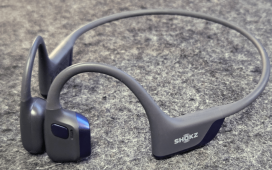The Xiaomi YU7 is an electric SUV made by a Chinese smartphone giant that looks like a Ferrari Purosangue but is tipped to be priced more like a Tesla Model Y.
After the YU7’s exterior was revealed last year and its specifications were published by the Chinese government, Xiaomi has now detailed the large electric SUV – though it has stopped short of publishing pricing.
While Apple scrapped plans to introduce a car, Xiaomi – one of the top two smartphone brands in China – has revealed the YU7 as an SUV counterpart to its SU7 sedan, which undercuts the Tesla Model 3 by around RMB 20,000 (A$4300).
Hundreds of new car deals are available through CarExpert right now. Get the experts on your side and score a great deal. Browse now.
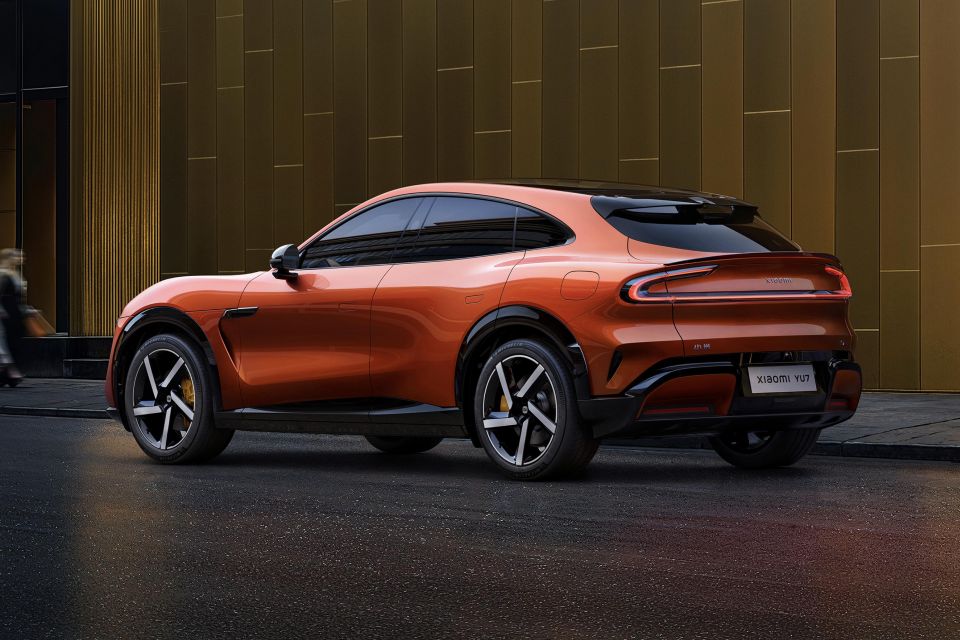
Due to go on sale in China in July, the YU7 is a “mid-to-large SUV” measuring 4999mm long, 1996mm wide and 1608mm tall on a 3000mm wheelbase.
That makes it 207mm longer, 14mm wider and 16mm lower than a Model Y on a 110mm longer wheelbase.
It has a distinctive shape for a vehicle in its segment – if one rather derivative of the Purosangue – with prominent haunches, a rakish tailgate, and a long clamshell bonnet that Xiaomi says is the industry’s largest at 3.11m2.
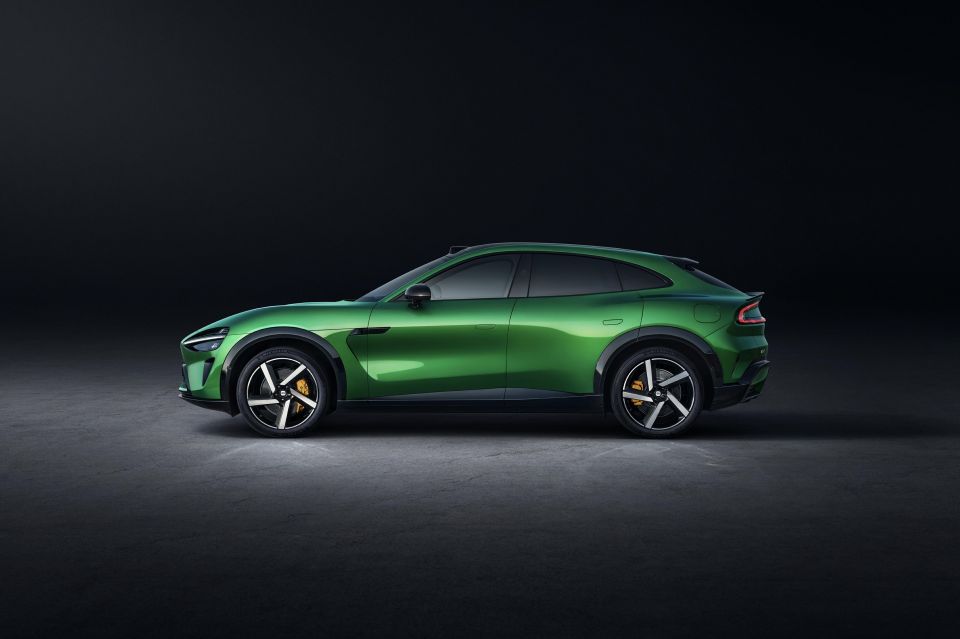
Under this bonnet is a 141-litre storage compartment that’s claimed to accommodate a 24-inch suitcase, while down back there’s 678L of boot space. This expands to 1758L with the rear seats folded, while Xiaomi claims 71L of interior storage space plus “generous accommodations” for occupants.
Xiaomi claims drag coefficient of 0.245Cd for the rakish SUV, with aerodynamic performance aided through the use of flush door handles and active grille shutters.
The YU7 rides on double-wishbone front and five-link rear suspension, with continuous damping control. Air springs and four-piston Brembo brake calipers are available higher up in the range.
There’s an 800V electrical system as standard, allowing for 10 to 80 per cent DC fast-charging in as little as 12 minutes.
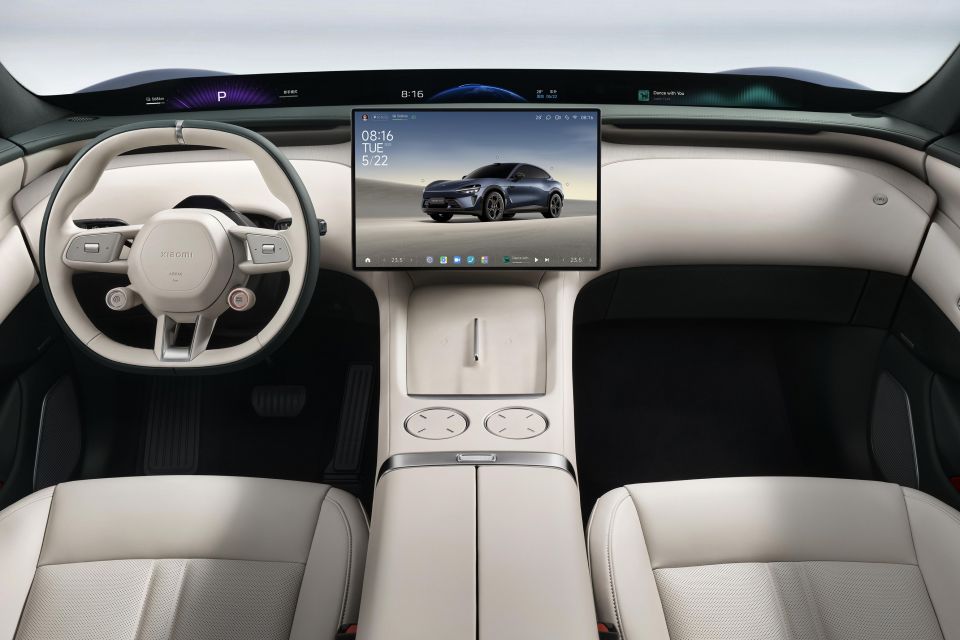
Xiaomi is offering the YU7 in three variants, detailed below:
| YU7 | YU7 Pro | YU7 Max | |
|---|---|---|---|
| Battery | 96.3kWh | 96.3kWh | 101.7kWh |
| Range (CLTC) | 835km | 770km | 760km |
| Drive type | Single-motor rear-wheel drive | Dual-motor all-wheel drive | Dual-motor all-wheel drive |
| Power | 235kW | 365kW | 508kW |
| Torque | 528Nm | 690Nm | 866Nm |
| 0-100km/h time | 5.88s | 4.27s | 3.23s |
Inside, there are screens galore – as expected of a new Chinese EV, particularly one from a company that makes smartphones.
Xiaomi has employed a slim, pillar-to-pillar display at the base of the windscreen that’s similar to the one coming as part of BMW’s Panoramic iDrive setup.
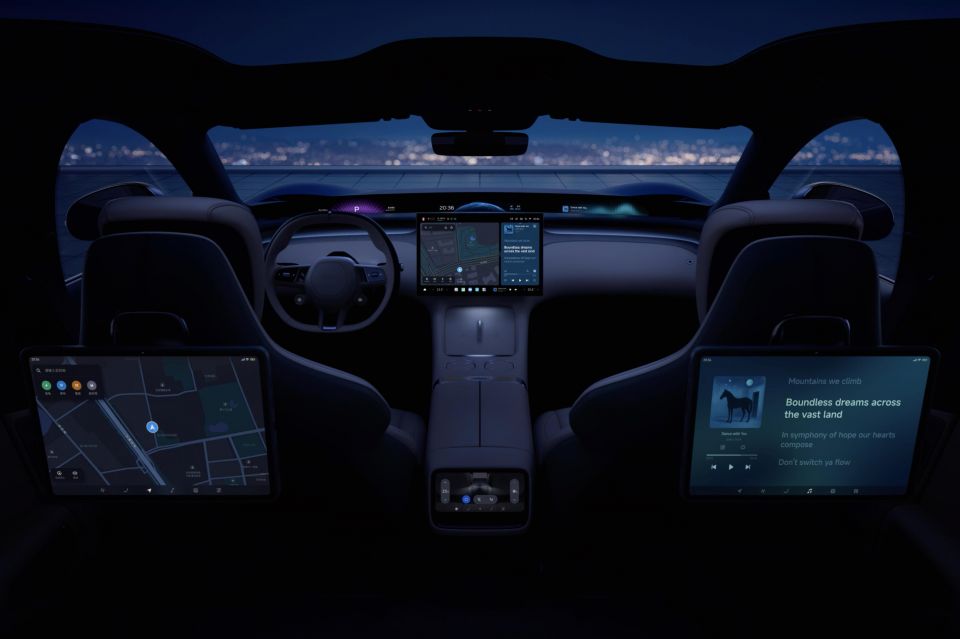
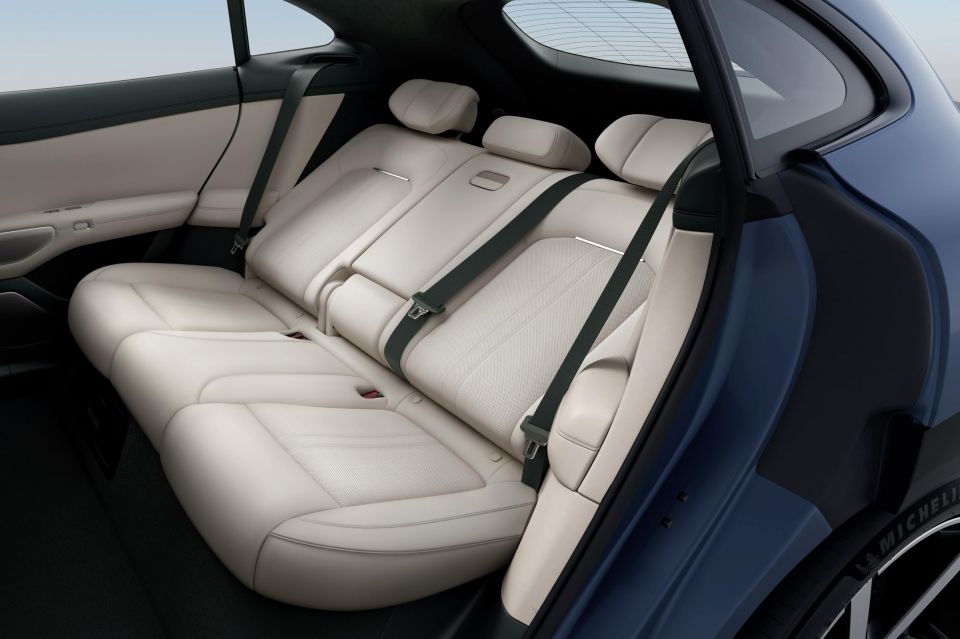
Called the HyperVision Panoramic Display, the 1.1m-wide setup incorporates three mini LED screen arrays and features ultra-black coating and distortion-correction algorithms to eliminate glare.
Navigation and other important information is placed in the driver’s sightline, much like a head-up display.
Like the SU7, the YU7 has a 16.1-inch central infotainment touchscreen, as well as dual rear entertainment displays on the front seatbacks. There’s also a separate screen for adjusting the climate control.
Luxury features include ‘zero-gravity’ front seats with 10-point massaging, and 135-degree power reclining rear seats, all finished in Nappa leather, as well as a panoramic glass roof.
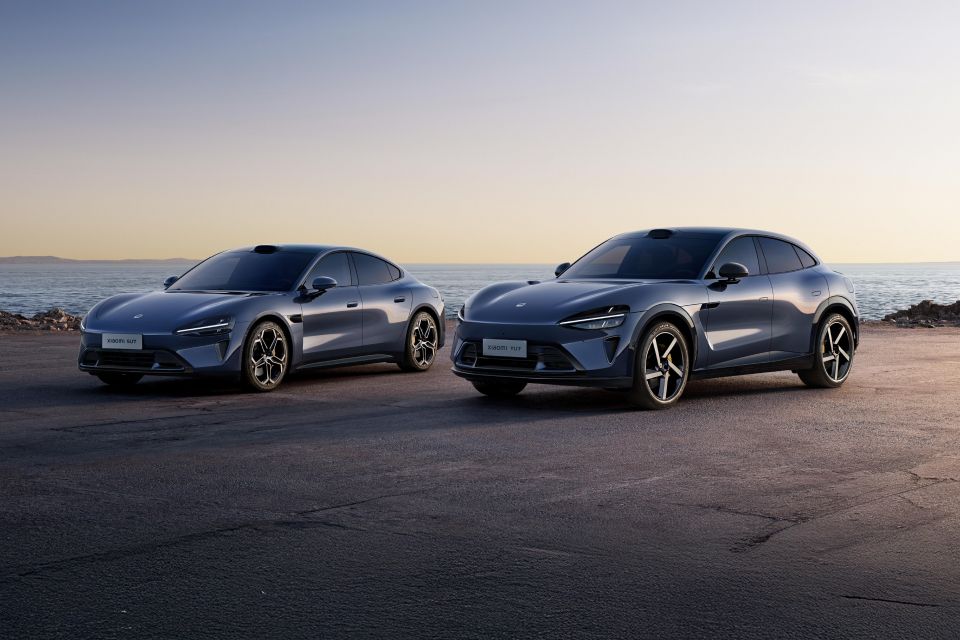
Xiaomi says it has also applied 100 per cent soft-touch surfaces “throughout high-contact areas”, while the interior can be had in Pine Grey, Coral Orange and Twilight Blue colourways.
Autonomous driving technology is powered by a NVIDIA Drive AGX Thor in-vehicle computing platform, as well as LiDAR, 4D millimetre-wave radar, and 12 ultrasonic radar sensors, plus 11 high-definition cameras.
Xiaomi has yet to confirm an Australian-market launch, even as Chinese brands from Aion to Zeekr have either confirmed plans or already started selling vehicles here.
While Xiaomi was founded in 2010, it didn’t introduce its first vehicle until 2024.



